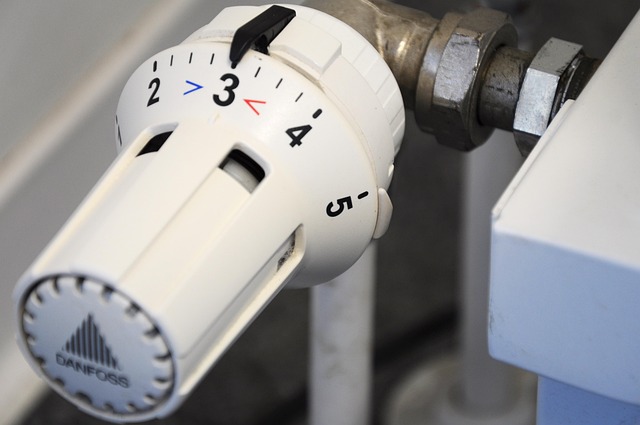Fan Heater Guide: Types, Uses, and Practical Differences
Fan heaters are compact devices that move warmed air into a room using an internal fan. They can heat spaces quickly and are available in several designs such as ceramic, oil-filled, and bladeless fan models. This article explains how fan heaters work, how they differ from other space heaters, and practical considerations for choosing and using one safely in your home or workspace.

fan heater: how it works and common uses
A fan heater contains a heating element and a fan that blows air over or through that element to distribute warmth. Because they actively circulate air, fan heaters warm a room faster than purely radiative heaters of similar power. Common uses include heating small rooms, supplementing central heating, and providing quick warmth in offices or workshops. They are generally lightweight and switch on instantly, making them convenient for intermittent use. Noise from the fan can be a factor in bedrooms or quiet workspaces.
space heater: comparing heating approaches
The term space heater covers several technologies: fan heaters, ceramic heaters, oil-filled radiators, infrared panels, and convection heaters. Fan heaters rely on convective airflow to mix warm air with room air, while infrared heaters warm objects and people directly. Oil-filled heaters store heat in a liquid-filled radiator and release it gradually. The best approach depends on room size, required response time, noise tolerance, and whether sustained background heat or quick bursts of warmth are desired.
portable heater: portability and placement tips
Portable heaters are designed to be moved room to room; fan heaters score well for portability due to low weight and compact footprints. When using a portable heater, place it on a stable, level surface away from curtains, furniture, and flammable materials. Avoid placing heaters on carpets if the manual advises against it. For effective heating, position the unit where airflow is unobstructed and, if possible, near the area you spend most time in. Always follow manufacturer instructions regarding clearance and use in bathrooms or humid areas.
ceramic heater: what makes ceramic different
A ceramic heater uses ceramic plates or elements as the heat source. The ceramic material heats up, and the fan pushes air across it. Ceramic heaters are often praised for rapid heat-up times, integrated safety features like cool-touch exteriors, and efficient transfer of electric energy into warmth. Many ceramic models include adjustable thermostats and multiple power settings. These heaters are common as small portable units and tower designs for living rooms and bedrooms.
oil-filled heater: characteristics and use cases
Oil-filled heaters (often called oil-filled radiators) contain thermal oil inside metal fins. An electric element warms the oil, which circulates and releases heat through the fins by convection and radiation. Oil-filled heaters typically heat more slowly than fan heaters but provide longer-lasting, steady warmth even after being turned off. They operate quietly and are useful when a silent, background heat source is preferred. They are less effective for quick, short bursts of heat compared with fan or ceramic heaters.
For readers comparing real products, here is a concise comparison of representative models and their features.
| Product/Service Name | Provider | Key Features | Cost Estimation (if applicable) |
|---|---|---|---|
| Ceramic Tower Heater | Lasko | Ceramic heating element, oscillation, thermostat control | Varies by retailer and model |
| Hot + Cool Fan Heater | Dyson | Bladeless airflow, heating and cooling modes, digital thermostat | Varies by retailer and model |
| Oil-Filled Radiator | De’Longhi | Oil-filled fins for steady heat, silent operation, adjustable thermostat | Varies by retailer and model |
| Compact Ceramic Heater | Honeywell | Small footprint, multiple heat settings, tip-over safety switch | Varies by retailer and model |
| Vortex Space Heater | Vornado | Vortex circulation technology for even air distribution | Varies by retailer and model |
Conclusion
Choosing between a fan heater, ceramic heater, oil-filled heater, or other space heater types depends on whether you prioritize fast warm-up, quiet continuous heating, energy efficiency for small areas, or portability. Consider room size, noise tolerance, safety features, and how you plan to use the heater—temporary bursts versus background warmth—when selecting a model. Proper placement and adherence to safety guidelines will support effective and safe use regardless of the technology chosen.





